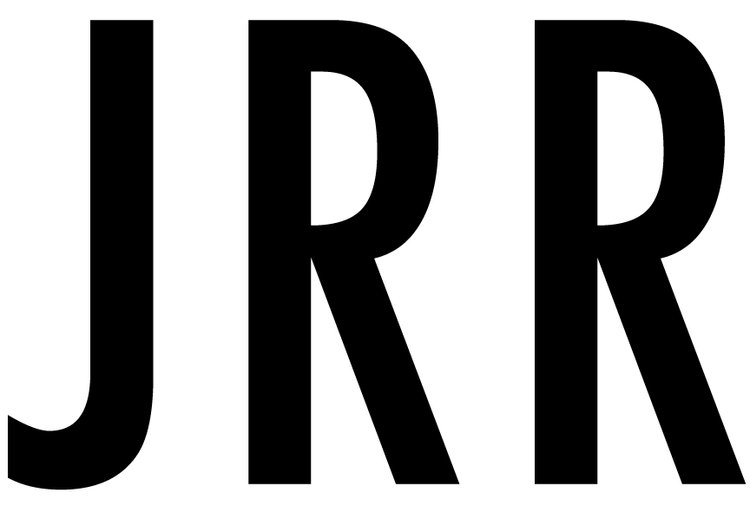(Bolding for emphasis.)
“To explore the artistic, philosophical, and political questions raised by [Tomas] Saraceno’s work, it might be useful to turn to another locus classicus—not the sphere versus network debate, but the debate over who owns the space in which we live collectively. There is no better way to frame this question than the bungled dialog (well, not really a “dialogue,” but that’s the point) between Henri Bergson and Albert Einstein in Paris in 1922. Bergson had carefully studied Einstein’s theory of relativity and wrote a thick book about it, but Einstein had only a few dismissive comments about Bergson’s argument. After Bergson spoke for thirty minutes, Einstein made a terse two-minute remark, ending with this damning sentence: ‘Hence there is no philosopher’s time; there is only a psychological time different from the time of the physicist.’ While Bergson had argued that his notion of space and time had a cosmological import that was to be carefully meshed within Einstein’s remarkable discoveries, Einstein argued that there was only one time and space—that of physics—and that what Bergson was after was nothing more than subjective time—that of psychology. We recognize here the classical way for scientists to deal with philosophy, politics, and art: ‘What you say might be nice and interesting but it has no cosmological relevance because it only deals with the subjective elements, the lived world, not the real world.’ The funny thing is that everyone—including, in a way, Bergson—was convinced that he had lost, and that indeed the whole question was another episode in the gigantomachy of objective reality versus subjective illusion. To the scientists, the cosmos, and to the rest of us, the phenomenology of human intentionality. So the answer to the question “Which space do we live in?” is clearly: we live in a subjective world with no reality for physics. Einstein: winner. But this was the beginning of the twentieth century.
Can we do better at the beginning of the twenty-first century? In other words, is it possible to give Bergson another chance to make his case that, no, he is not talking about subjective time and space, but is rather proposing an alternative to Einstein’s cosmology? To explore such a possibility, I decided to rely on the fascinating genre of the reenactment. As many artists have shown, especially Rod Dickinson in the amazing staging of Milgram’s experiment, reenactment is not a mere facsimile of the original but a second version, or a second print of the first instance, allowing for the exploration of its originality. This is why, in a series of lectures at the Pompidou Center in June 2010, I invited, among many others, the artist Olafur Eliasson and two scholars, a historian of science, Jimena Canales, and a philosopher, Elie During, to reenact the famous debate by allowing the conclusion to shift somewhat, thus reopening a possibility that had been closed in the twentieth century.
Who owns the concepts of space and time? Artists? Philosophers? Scientists? Do we live in the space-time of Einstein without realizing it, or, as Bergson vainly argued, does Einstein, the physicist, live in the time of what Bergson called duration? Those questions, it seemed to me, were just as important for physicists, historians, and philosophers as they are for an artist like Eliasson, who has populated museums and cities around the world by publicly demonstrating, through many artful connections between science, technology, and ecology, that there are many alternatives to the visual experience of common sense. The art form—or forum—that I chose consisted of asking the three of them to conjoin their forces in presenting films and photographs to set the stage for this famous debate, with Eliasson “refereeing” the debate through his own work.
It may seem silly to ask an artist to adjudicate a debate between a philosopher and a physicist—especially a debate whose pecking order had been historically settled once and for all: the physicist speaks of the real world, and the philosopher ‘does not understand physics’; the artist is irrelevant here. But that was precisely the point, a point shared by Saraceno’s heterarchy: that it is now possible to complicate the hierarchy of voices and make the conversation between disciplines move ahead in a way that is more representative of the twenty-first century than of the twentieth. No discipline is the final arbiter of any other.
That is exactly what Elie During did in a brilliant piece of philosophical fiction in which he entirely rewrote the 1922 dialogue as if Einstein had actually paid attention to what Bergson had told him. In the end, Zweistein—that is, the Einstein of 2010—was not, of course, convinced (that would have been a falsification, and no longer a fiction), but he had to admit that there might be more philosophy in his physics than he had claimed in 1922. Where Einstein had won, Zweistein had to settle for a draw. So now we have a more balanced situation: the space and time in which we live—experientially, phenomenologically—might not be a mere mistake of our subjective self, but might have some relevance for what the world is really like. Instead of accepting the divide between physics and philosophy, this reenactment was a means of answering Alfred North Whitehead’s famous question: ‘When red is found in nature, what else is found there also?’ Likewise, is it possible to imagine a world where scientific knowledge is able to add to the world instead of dismissing the experience of being in the world?”
- Bruno Latour, Some Experiments in Art and Politics via e-flux.
